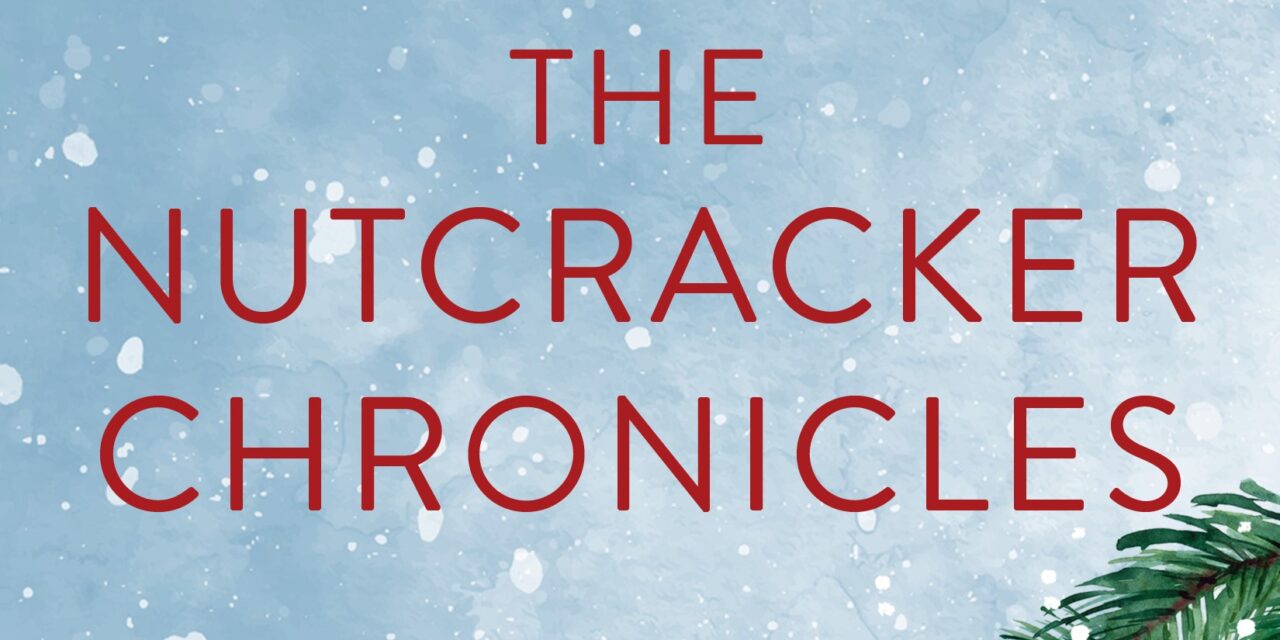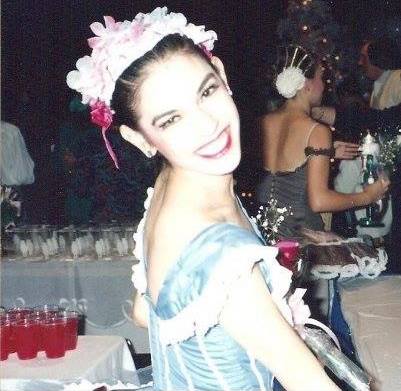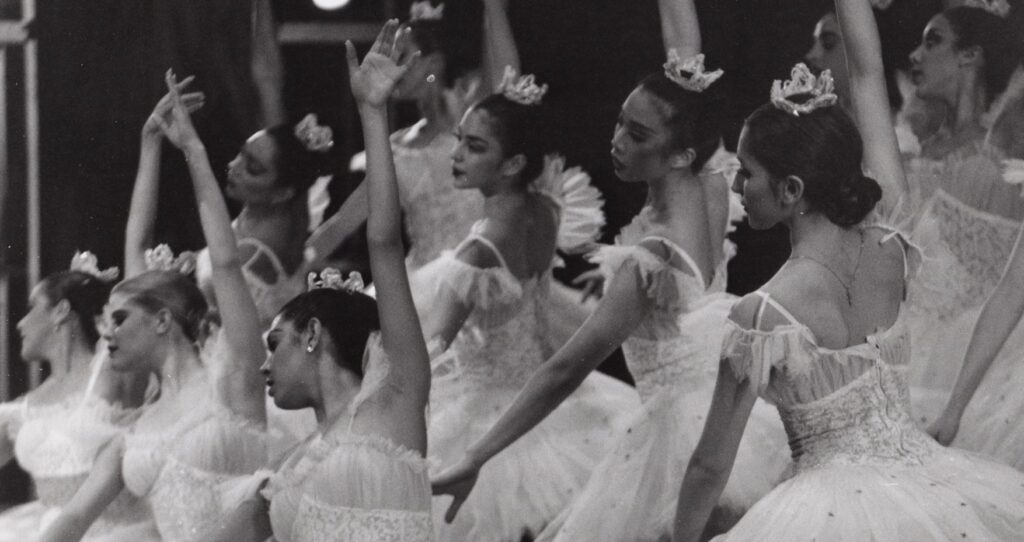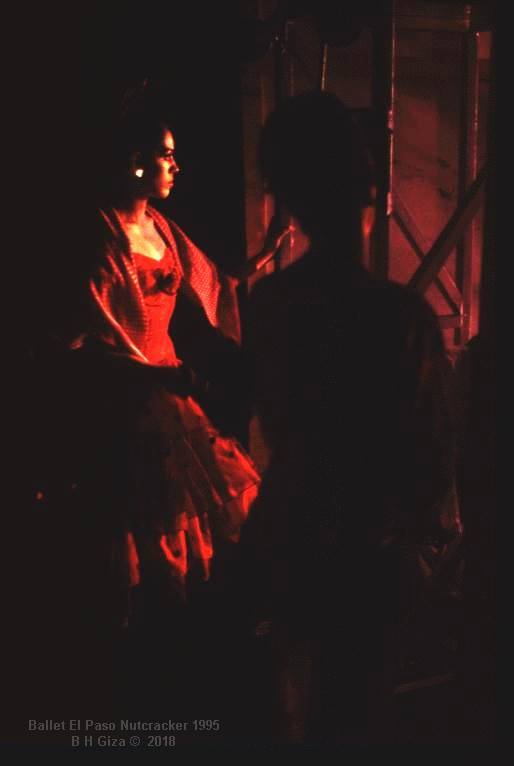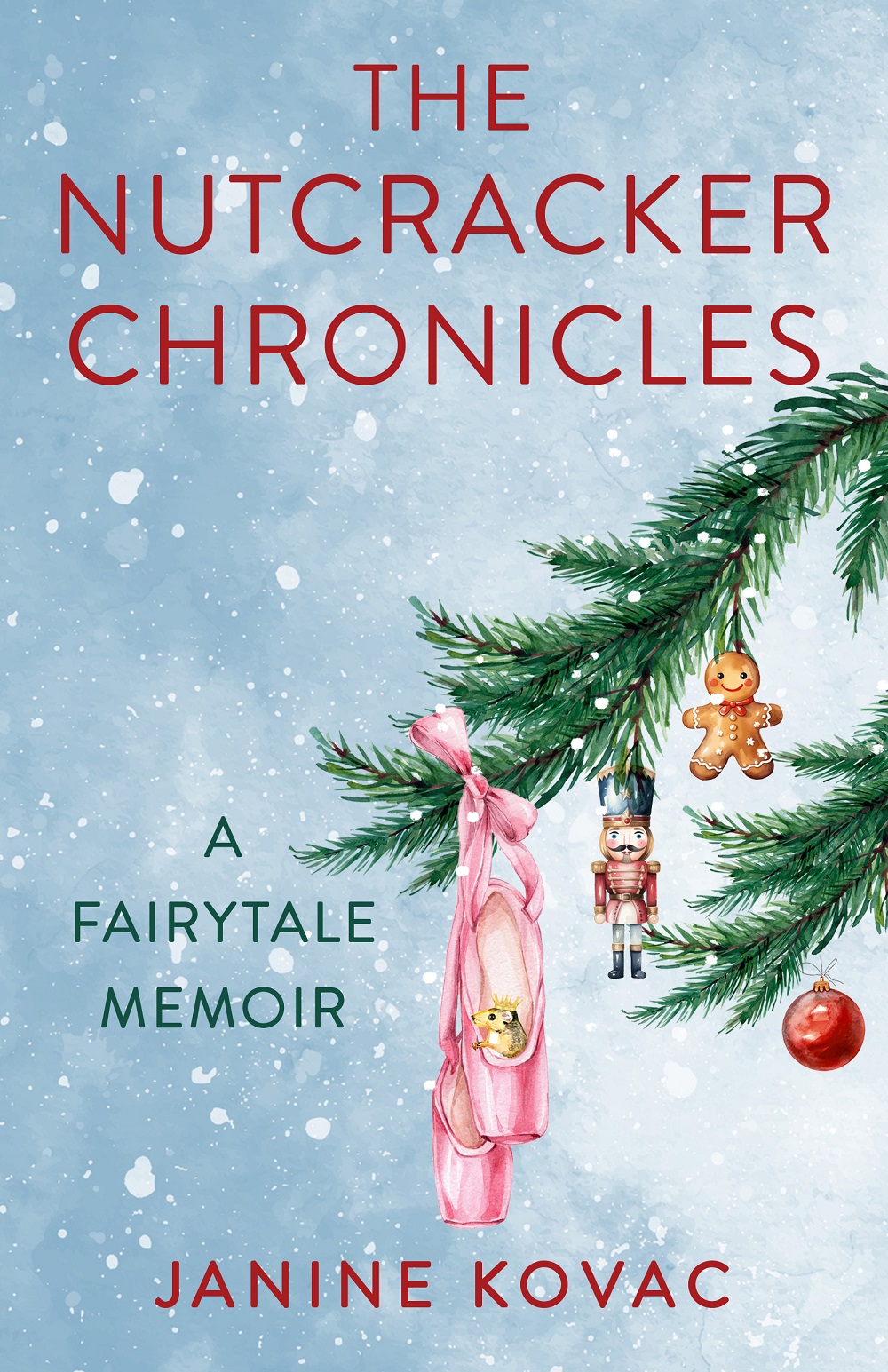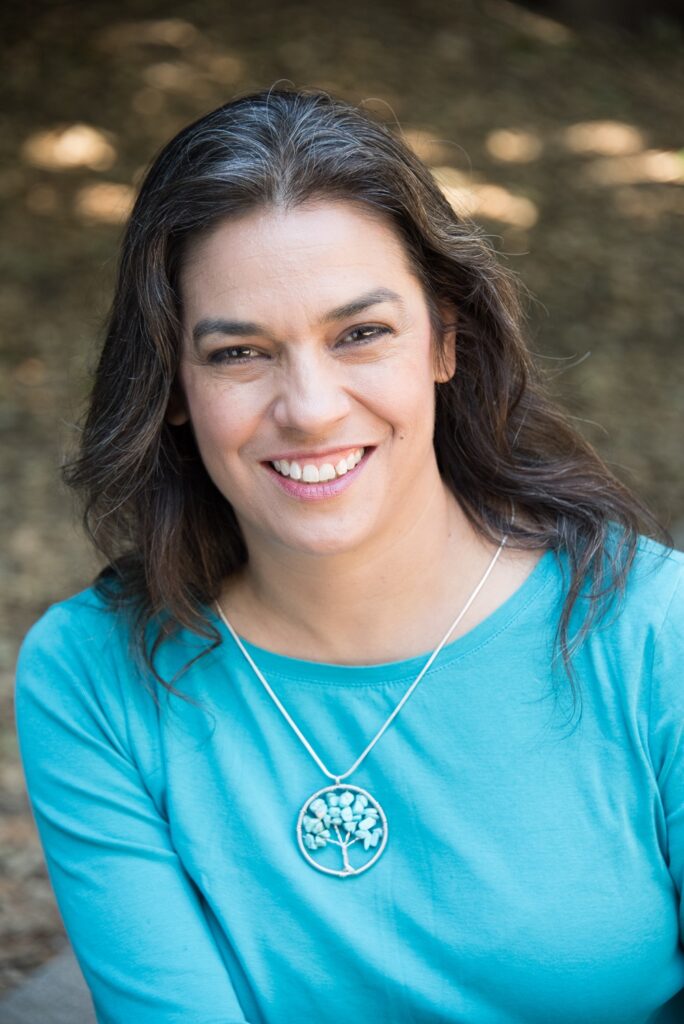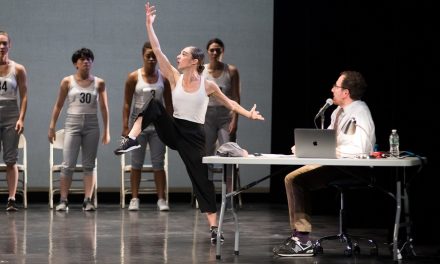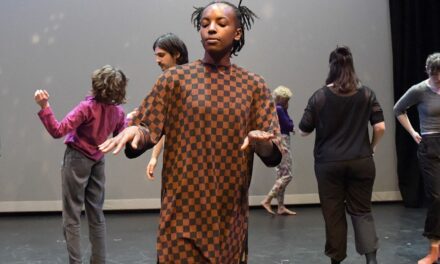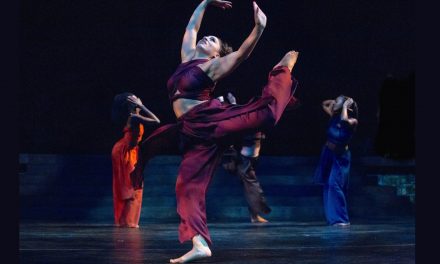Janine Kovac is a dancer, scientist, and mother; an amazing amalgamation of intellect, creativity, physicality, and fierce determination. She is on top of all of that a brilliant writer, and that is what drew us into conversation. Ms. Kovac has just released her third book, The Nutcracker Chronicles, A Fairytale Memoir. In preparation for our conversation, I read the Nutcracker Chronicles. As a spoiler, I loved it. After we spoke, I was inspired to read her second book, Spinning, Choreography for Coming Home, a memoir detailing the birth and recovery of her micro-premature twins. It is extremely difficult to put either of these books down, they are so compelling. However, there are numerous reviews for both, so this article is not a book review, but rather shares details of an intimate conversation with an incredible multidimensional human, artist, and writer.
Ms. Kovac began her ballet training in El Paso, Texas. She continued at the San Francisco Ballet School, Pacific Northwest Ballet School, and in Ghent, Belgium. She danced professionally for twelve years; as a soloist with the National Ballet of Iceland in Reykjavik (Ískenski Dansflokkurinn), ATERBalletto in Reggio Emilia, Italy, and Smuin Ballet in San Francisco, always returning to guest in El Paso,Texas. After “retiring” from dance, she earned a degree in cognitive science from UC Berkeley, while she continued to choreograph and teach. Spinning illustrates how her highly structured ballet mentality seemed to help Ms. Kovac deal with the fear and uncertainty of the twins’ incredibly early arrival. The Nutcracker Chronicles is a poetic and musical journey, organized through the scenes of the Nutcracker ballet, that details the challenges of the profession, her personal life and growth, and the painful closure of her performing career.
During a freewheeling conversation, we touched on enough topics for ten articles. Ms. Kovac has had an eclectic life. We often ignore the dancers who populate our companies but do not become stars. This is a mistake. To work consistently as a ballet dancer at any level is astonishing. The wisdom and experience these artists accumulate is no less valuable than that of a principal dancer with American Ballet Theatre or San Francisco Ballet. Many university or graduate school admission essays detail the numerous ways that a ballet career prepares one for a law or business practice. Ms. Kovac was able to access this strength as she pivoted to a more academic career, and then again as she expanded her family, first with a daughter, and then with her twin boys, born at 25 weeks. She has remained a performer as her professional world expands into writing, directing, teaching writing, and producing other writers and artists.
Ms. Kovac circles the same themes in her writing but addresses them in unique ways each time; She earned her degree in Cognitive Science and her first book, a slim self-published volume, was, in essence, her final thesis.
I loved studying cognitive science. I loved being in an academic setting where I could just slouch, or I could have bangs, or I could, you know, drink a beer, and it wouldn’t, well, maybe it might affect my reading if I drank a beer, but it didn’t affect my whole body, my whole worth, my job, or my performance the way it did as a dancer.
I got to a point where I could feel in my gut that I didn’t want to get a graduate degree in education. I wanted to do something more creative. I wanted to use what I learned in cognitive linguistics to understand how I create subtle patterns in my writing to build a scene or to create tension. I didn’t want to tell people about cognitive linguistics. I didn’t want to do any more analysis. I want to utilize what I learned and put it into my writing. And so it was really listening; listening to my heart and my gut, which I did when I was very young, and then not at all.
The crux of the conversation, and maybe what guides Ms. Kovac in her work, is that moment when you finally start to listen to what your body is saying and recognize your intuition. In many cases, it is restarting that internal relationship that often gets muted or silenced in a dance career. Writing both Spinning and The Nutcracker Chronicles was, in a really profound way, Ms. Kovac’s journey to rediscover her intuition.
Okay, [as a ballet dancer] I can’t listen to what my heart and my gut are telling me. And then, as a professional dancer, you realize that if you don’t do that, then you don’t have any gauge of your need to rest or of your need to eat right now. You need to recognize that this choreographer is going to be abusive or toxic or whatever, that is a red flag, and therefore you don’t audition for that company, right? I didn’t realize it until later, but this is one of the reasons I did so many auditions. (I mean, the book is just a fraction of all my auditions. I probably did 10 or 20 a year trying to find the right fit.) I used to tell myself this story that I was really picky, or I wasn’t happy with anything, but I was really looking for the right fit. If I walked into a situation and I saw a mean dynamic between the ballet master and the principal dancer, I knew that was trouble. A lot of times I didn’t get that job anyway, but I also tried it a different way. It’s like, okay, this is not a good fit. Other flags: you don’t pay your dancers or you don’t give them pointe shoes. Again, that’s that inside feeling and how it gets expressed. I think the more you cultivate that, the more you see other opportunities. You see who your tribe is, you see what’s going to work, and what’s not going to work.
There is this trajectory in Ms. Kovac’s dance career that mirrors the trajectory of her writing career; working through the “shoulds” to the “wants”.
My first book is a cognitive science kind of book. My second book is a memoir about my twins, who were born almost four months early and is about going through that experience. While I was going through that experience, I had this idea that I was utilizing these cognitive linguistic techniques or something to kind of trick my brain into not panicking. And then I thought, “Wow, I’m amazing. I’m going to write about this because people need to know about this!” In writing about it, I found I wasn’t wrong; I did use some very specific metaphor changes to deal with the day-to-day, but what I realized was that I showed up to the hospital every day as if it were a performance; I put on full makeup, I had on brightly colored clothes, I did a warm-up. I made sure I had got enough rest. I did this whole thing because the show must go on! In writing, I realized, holy shit, I’m in complete denial. It was awful. These cognitive linguistic structures worked in the moment, but not the way I thought. It was not going to be a self-help book. That’s absolutely not what happened.
What did happen is an absolutely riveting read about the process and experience of being there for each other as a family to get through a terrifying experience. The exploration that occurred in the writing of the memoir led directly to the writing of The Nutcracker Chronicles.
I started exploring how my ballet career ended. That wasn’t the end of my career, but it was the end of ballet being my day job, right? I still danced, but I was also working on other things. I had to explore how, because after I got injured and couldn’t dance anymore, I thought, Okay, now I’m going to go to school and I’m going to write code and I’m going to be the nerdy person that I wanted to be in eighth grade, but [couldn’t be because] I had to choose. I wrote this book [Nutcracker Chronicles] kind of realizing, as I was writing it, oh, I am still a dancer, even though I can’t dance at the level that I did before.
We do just kind of evolve, and sometimes you have to step away because of physical things. If I take class now, it looks very different. I just have to move slower until I warm up a little bit or I have to move faster because I can’t move that slowly. I have to modify some stuff, and whereas before, performing meant that I was a dancer, and getting paid to perform meant I was a dancer and a certain kind of role meant I was a dancer. Now I’m just enjoying moving in my body and understanding, I guess, the components of what it means to be a dancer. My experiential knowledge makes me a dancer.
One of the loveliest elements of both books is the relationship between Ms. Kovac and her now-husband. He, too, is a dancer, and she beautifully navigates the relationship and the jealousy that is inevitable when one partner continues to dance and one does not.
It’s weird because there is all this jealousy. I mean, not a lot of jealousy, but there is this kind of like, god damn it, you’re still out there! You’re always going to be Romeo, you’re always going to be Siegfried. You’re always going to be, you know, Sugar Plum Fairy Cavalier and I felt like I had to fight for every single bit of it…So yes, he got to go and do these roles, but he was still the guy behind, you know, doing the partnering thing…And so as much as I still wanted to be dancing, I didn’t want to do what he was doing. So, as much as I was jealous that his career was so much longer, I also recognized that it might as well be a completely different art form because it just wasn’t what I was trained to do. It wasn’t what I wanted to do.
These books, though one is named after a Christmas ballet, do not need to be read over the holidays. These are deep and beautiful studies of the human dancing spirit and belong on any bookshelf, dancer or not.
So, what is next for Ms. Kovac?
I’m working on two novels. The first, which I’m just kind of world-building, really plays with the idea of an inner power for middle-aged women, like a middle-aged goddess. It is a novel about discomfort and grief and death. It’s about how we don’t want to touch that live wire. We’ve lost a lot of our traditions around discomfort and grieving and death.
The other one takes place in Oakland. I don’t have a good spiel for it yet, because it keeps evolving, but it looks at ways that philanthropic organizations do harm rather than help. It centers a group of young women who think that they are making the world a better place through these dark tourism adventures.
Those both sound fascinating and like something worth waiting for!
If you want to read Ms. Kovac’s current work, click here. In addition to the three books discussed in this article, you can access her work in numerous anthologies and buy a book written by her daughter at age six!
Written by Nancy Dobbs Owen for LA Dance Chronicle.
Featured image: “The Nutcracker Chronicles” by Janie Kovac – Crop by LADC.

